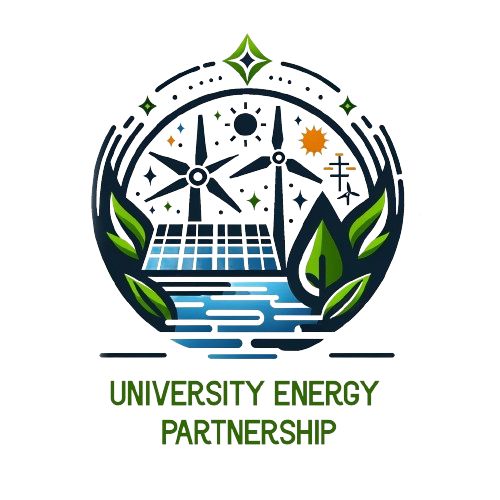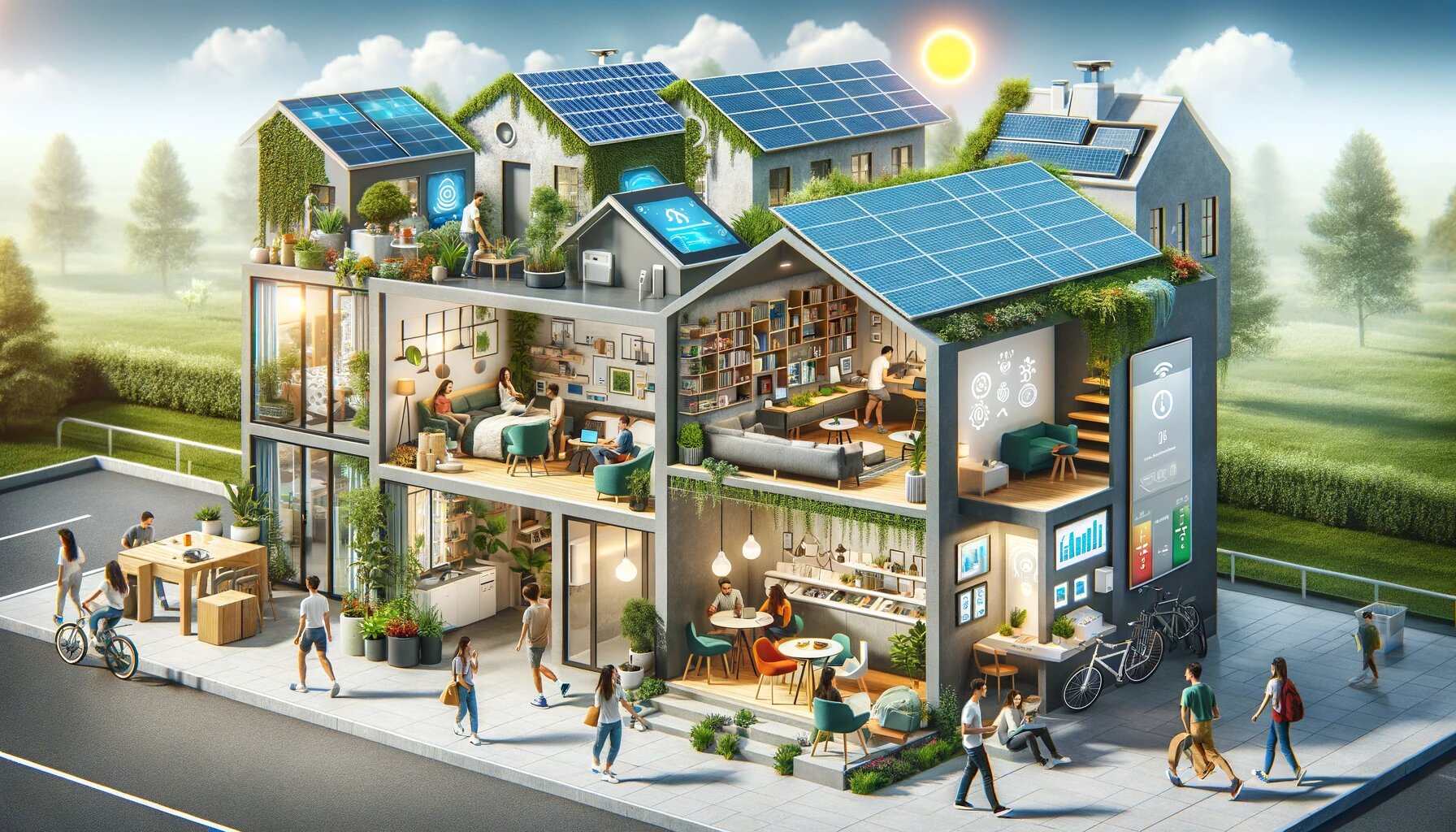In an era of increasing environmental awareness and rising energy costs, it’s crucial to find innovative ways to reduce energy consumption. This holds especially true for student housing, where large numbers of young adults live in shared accommodations that often come with high energy demands. Fortunately, the pursuit of energy efficiency has led to numerous innovations that can be applied to student housing to make it more eco-friendly and cost-effective. This article will explore some of these energy-saving innovations under several subheadings.
Smart Lighting Systems
One of the simplest yet highly effective ways to reduce energy consumption in student housing is through the implementation of smart lighting systems. These systems utilize motion sensors and smart bulbs to ensure that lights are only on when needed. When a room is vacant, the lights automatically turn off, and when someone enters, they turn on, providing adequate illumination. Additionally, residents can control the lighting remotely through smartphone apps or voice commands.
Furthermore, these systems allow for customized lighting schedules, which can help create a comfortable and conducive study environment while reducing energy waste. By adopting smart lighting systems, student housing can significantly cut down on electricity bills and lower its carbon footprint.
Energy-Efficient Appliances
Another area where energy-saving innovations can be integrated into student housing is through the use of energy-efficient appliances. Traditional appliances, such as refrigerators, washing machines, and air conditioners, consume substantial energy. However, modern energy-efficient models are designed to use significantly less electricity while maintaining their functionality.
When universities and housing providers invest in energy-efficient appliances for student housing complexes, they reduce energy consumption and provide students with cost-effective and environmentally responsible living spaces. The initial investment in these appliances can pay off in the long run through reduced energy bills and a smaller ecological footprint.
Solar Power Integration
Harnessing the power of the sun through solar panels is a powerful energy-saving innovation that can be applied to student housing. Solar power systems can be installed on rooftops or other suitable locations to generate clean and renewable electricity. This electricity can then be used to power common areas, lighting, and even individual units within the housing complex.
Many universities have already embraced solar power as a sustainable energy source. By incorporating solar panels into student housing facilities, they reduce their carbon emissions and educate students about the importance of renewable energy sources. Additionally, excess energy generated by the solar panels can be fed back into the grid, potentially generating revenue for the institution.
Advanced Insulation and HVAC Systems
Proper insulation and heating, ventilation, and air conditioning (HVAC) systems are essential for maintaining comfortable living conditions, but they also contribute to energy consumption in student housing. Advanced insulation materials, such as spray foam or cellulose insulation, can significantly improve energy efficiency by preventing heat loss during the winter and heat gain during the summer.
Innovative HVAC systems with zone control and programmable thermostats allow for better temperature management, ensuring that energy is not wasted on unnecessary heating or cooling. These systems can be remotely controlled and monitored to optimize energy usage based on occupancy patterns and weather conditions.
Water-Efficient Fixtures
Reducing water consumption is another critical aspect of energy-saving innovations in student housing. Installing water-efficient fixtures like low-flow toilets, showerheads, and faucets can help conserve water resources and lower utility bills. These fixtures maintain functionality while reducing water wastage, making them an easy and cost-effective upgrade for student housing.
Waste Reduction and Recycling Initiatives
While not directly related to energy consumption, waste reduction, and recycling initiatives are integral to creating sustainable student housing environments. Implementing proper waste segregation and recycling programs can divert a significant portion of waste from landfills, ultimately reducing the environmental impact associated with waste disposal.
Moreover, waste reduction initiatives can extend to food waste, encouraging students to minimize food wastage through education and composting programs. Less food waste means reduced energy consumption in food production and transportation, contributing to overall sustainability goals.
Smart Metering and Energy Monitoring
To effectively manage energy usage and identify areas for improvement, student housing facilities can implement smart metering and energy monitoring systems. These systems provide real-time electricity and water consumption data, allowing administrators and residents to track and analyze their usage patterns.
By understanding when and where energy is being consumed, residents can make informed decisions to reduce their energy consumption. Energy monitoring systems can also help identify equipment or appliances that may be operating inefficiently, leading to targeted maintenance or replacement efforts.
Student Engagement and Education
Last but not least, one of the most significant energy-saving innovations for student housing involves educating and engaging the students themselves. Creating awareness about energy conservation and its environmental impact can lead to positive behavioral changes.
Universities and housing providers can organize workshops, seminars, and awareness campaigns to inform students about energy-efficient practices, such as turning off lights when not in use, unplugging chargers, and adjusting thermostat settings. Encouraging a culture of sustainability among students can result in long-lasting benefits for both the environment and their wallets.
Monitoring and Reporting on Sustainability Metrics
In the quest for energy-saving innovations and sustainable practices in student housing, the role of monitoring and reporting on sustainability metrics cannot be overstated. This crucial aspect of sustainability management ensures that universities and housing providers can track their progress, identify areas for improvement, and maintain transparency in their sustainability efforts.
Tracking Progress: Monitoring sustainability metrics involves continuously tracking energy and water consumption, waste generation, and other relevant environmental indicators. By collecting and analyzing data regularly, institutions can gain insights into how their student housing facilities are performing in terms of resource usage.
Identifying Areas for Improvement: Sustainability metrics clearly show where energy-saving initiatives are succeeding and where they may be falling short. This data-driven approach allows universities and housing providers to pinpoint specific areas that require attention and allocate resources accordingly. For example, if a building consistently consumes more energy than others, it may be a sign that upgrades or behavioral changes are needed in that specific location.
Transparency and Accountability: Reporting on sustainability metrics fosters transparency and accountability within the institution. Sharing data on energy consumption, water usage, and waste diversion keeps stakeholders informed and demonstrates a commitment to environmental responsibility. It can also serve as a valuable tool for engaging students and staff in sustainability initiatives by showcasing progress and areas of impact.
Setting Goals and Benchmarking: Sustainability metrics enable institutions to set clear sustainability goals and benchmarks. These goals can be aligned with broader sustainability initiatives and provide a framework for measuring success over time. By regularly comparing current performance to these benchmarks, universities can adjust their strategies to meet and exceed their sustainability targets.
Ultimately, monitoring and reporting on sustainability metrics are essential components of any effective energy-saving and sustainability program in student housing. These practices facilitate data-driven decision-making, accountability, and continuous improvement, ultimately contributing to creating greener and more efficient living environments for students while reducing the institution’s carbon footprint.
Summary
In conclusion, energy-saving innovations are essential for creating sustainable, cost-effective student housing. By implementing smart lighting systems, using energy-efficient appliances, integrating solar power, improving insulation and HVAC systems, installing water-efficient fixtures, promoting waste reduction and recycling, adopting smart metering and energy monitoring, and engaging students in energy conservation efforts, universities, and housing providers can significantly reduce their carbon footprint and contribute to a greener future. These innovations benefit the environment, enhance students’ living experiences, and reduce operational costs, making them a win-win solution for all stakeholders involved.

